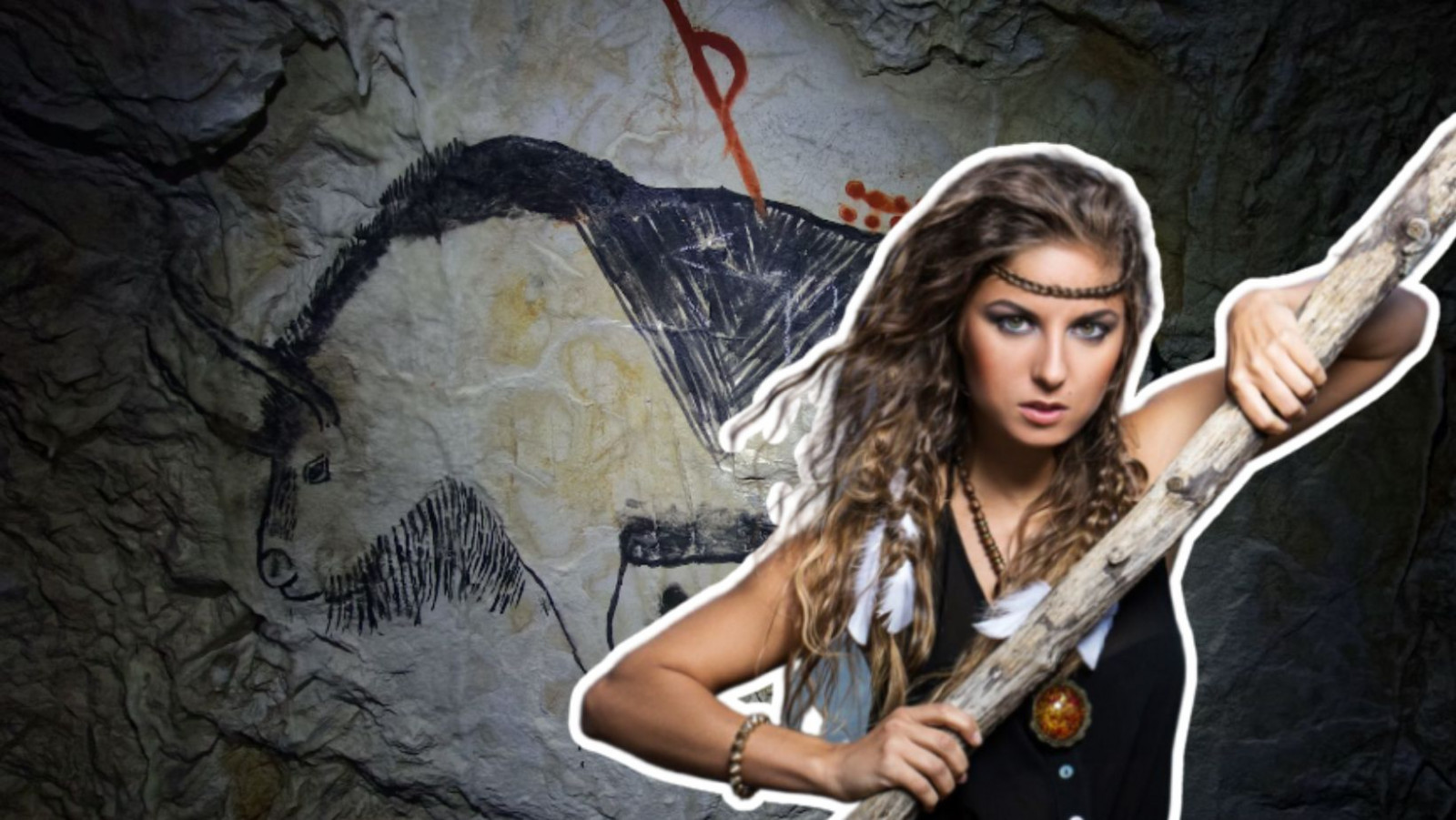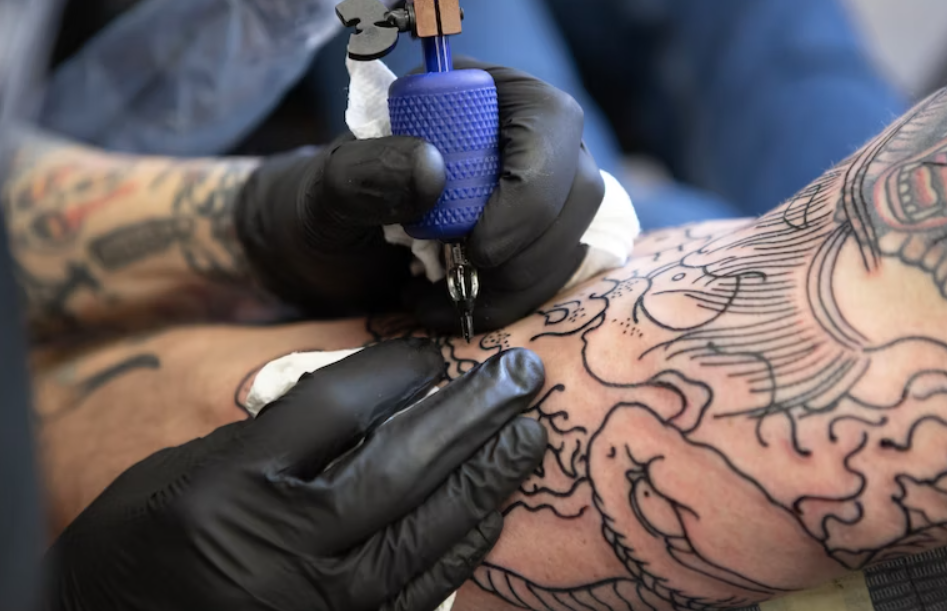These Ancient Female Hunters Prove Girls Can Do Everything!

© Tim Oun / Unsplash & Racool_studio / freepik
When you picture a hunter, what gender comes to mind first? If you answered with a man, you have no idea what ride you are about to join! In the past, the role of providing for the family was believed to be exclusive to men. However, research indicates that in foraging societies, women frequently played a significant role in procuring food, challenging traditional gender roles. Here is what science is saying about ancient female hunters.
There Were Ancient Female Hunters As Well
A comprehensive review of ethnographic records from diverse cultures worldwide, spanning the past century, challenges entrenched notions of gender roles in hunter-gatherer societies. The study reveals a significant and diverse involvement of women, both young and old, in hunting activities. These women engaged in hunting not only small animals but also large game. They employed various tools such as bows, arrows, knives, and nets. Their hunting practices extended to both solo endeavors and group activities, often accompanied by their children and hunting dogs.

What Is the Study Claiming?
Contrary to the conventional belief that men exclusively undertook hunting responsibilities, this research consolidates a growing body of archaeological and observed evidence that questions the strict gendered roles in these societies. The findings undermine the traditional binary narrative. It also highlights that women were not only habitual hunters but also used specialized tools and strategies. Remarkably, the study suggests that women actively participated in transmitting hunting skills to the younger generation. This challenges the notion of a strictly patriarchal hunter-gatherer dynamic.
Published in the journal PLOS One, this study provides compelling evidence that women in hunter-gatherer societies played multifaceted roles in securing food resources. This contributes to a nuanced understanding of the complexities within these communities and reshapes our perceptions of historical gender roles.
How the Study Found Out About Female Warriors
The investigation stemmed from a 2020 archaeological discovery in the Andes Mountains. In the discovery, a 9,000-year-old female skeleton was found alongside tools for hunting and dressing large game. Initially assumed to be male due to the presence of burial weapons, this finding prompted further inquiry into the role of women in ancient hunting societies. The study’s senior author, biological anthropologist Cara Wall-Scheffler, highlights the initial misinterpretation. He also underscores the significance of reevaluating preconceived notions about gender roles in ancient civilizations.
What the DNA Results Showed
Morphological analysis and DNA testing confirmed the female identity of the ancient hunter, correcting the initial misinterpretation that assumed a male skeleton due to burial weapons. This reversal prompted questions for Cara Wall-Scheffler, the senior author of the study. She expressed concerns about potential biases influencing the interpretation of women’s roles in archaeological records, leading her to investigate further. This curiosity led Wall-Scheffler and her students to extensively review ethnographic literature on hunting strategies globally. The research was conducted during Wall-Scheffler’s tenure at Seattle Pacific University, and she is currently a visiting scholar at Charles University in the Czech Republic.

What Was Considered When Looking for Ancient Female Hunters?
In the study, researchers analyzed a database containing ethnographic records of 1,400 human societies worldwide, spanning the last century, with a focus on 391 foraging communities. The scientists identified records describing hunting practices in 63 of these societies and specifically sought information on women’s involvement. Among the 63 foraging communities studied, records documented women hunting in 50 of them. Notably, in 87% of these societies, the records indicated planned and intentional hunting by women.

The study revealed that in many groups, women displayed a more flexible approach to hunting compared to men. While males were often taught specific hunting methods and limited to particular tools, women had the freedom to choose tools based on personal preference. Women also played a role in teaching children, and this involvement varied based on individual preferences. The study found that women exhibited greater diversity in selecting hunting partners, including husbands, friends, and sisters. Additionally, some women, including grandmothers, hunted independently if they had specific preferences for capturing certain prey.
Finding Data on Female Hunters Was Not an Easy Task
The revelation of female hunting patterns proved challenging to uncover, with reports typically prioritizing discussions of male hunters, as noted by Ms. Chilczuk. However, the findings made sense, questioning the exclusivity of men in hunting activities, especially if hunting was crucial for survival. The researchers are left pondering what other overlooked stories might exist in ethnographic records. Ms. Chilczuk emphasized the importance of challenging assumptions to gain a better understanding of the world, acknowledging that while assumptions are natural, it is a collective responsibility to question and explore beyond them.
Additional Takes
The study found that women engaged in hunting various game sizes, with a particular emphasis on large game. Moreover, women in different societies utilized specialized tools for hunting, such as knives and bows and arrows, with variations based on personal preference observed, as seen in the example of Agta women in the Philippines. The purposeful selection of weapons and strategies indicated that women planned their hunting trips, rather than engaging in opportunistic hunting while performing other daily tasks.
What Did Other Scientists and Researchers Say About the Study?
Tammy Buonasera, a biomolecular archaeologist at the University of Alaska Fairbanks, welcomed the conclusions drawn in the PLoS paper, expressing her long-standing assumption that women likely engaged in hunting more frequently than previously acknowledged. She noted the broader societal perspective that often views women as passive actors in history. Additionally, she pointed out the overlooked significance of studying plant-gathering and innovative plant-processing methods, traditionally associated with women, emphasizing their crucial role as a food source.

Randy Haas, the archaeologist from Wayne State University who led the excavation in Peru that uncovered the female hunter in 2018, also commended the new paper. He highlighted the alignment of the study’s findings with his own research, emphasizing a shared narrative that challenges biased interpretations. Haas underscored the paper’s contribution to questioning the prevailing notion that a sexual division of labor is an inherent aspect of human biology, pointing out the implications of such beliefs in perpetuating structural inequalities in contemporary society.
Not the First Time This Theory Was Suggested
While reports of women hunting have existed for decades, this study, according to evolutionary anthropologist Vivek Venkataraman from the University of Calgary, marks the first compilation of such evidence, offering a nuanced understanding of women’s diverse roles in hunting—highlighting group hunting, the use of dogs, and the employment of different technologies than men, ultimately contributing to the success of hunting endeavors.
Cautions About the Theory
Evolutionary anthropologist Vivek Venkataraman cautions against generalizing the study’s findings to all foraging communities, as only about 16% of the 391 forager societies in the database met the criteria for containing records describing hunting practices. While the evidence within this subset indicates a strong presence of women hunters, it remains challenging to determine the widespread nature of this behavior across all documented foraging societies in the past century
Nevertheless, Venkataraman highlights the study’s insights into the flexibility of gender roles, emphasizing their importance in the survival of small communities where individual contributions play a crucial role, as rigid gender roles can hinder adaptability in rapidly changing environments.
What’s your take on the surprising roles women played in ancient hunting societies? Share your thoughts in the comments below!
You might also want to read: It Is Not Too Early to Put Up Christmas Decorations, Science Says So!


